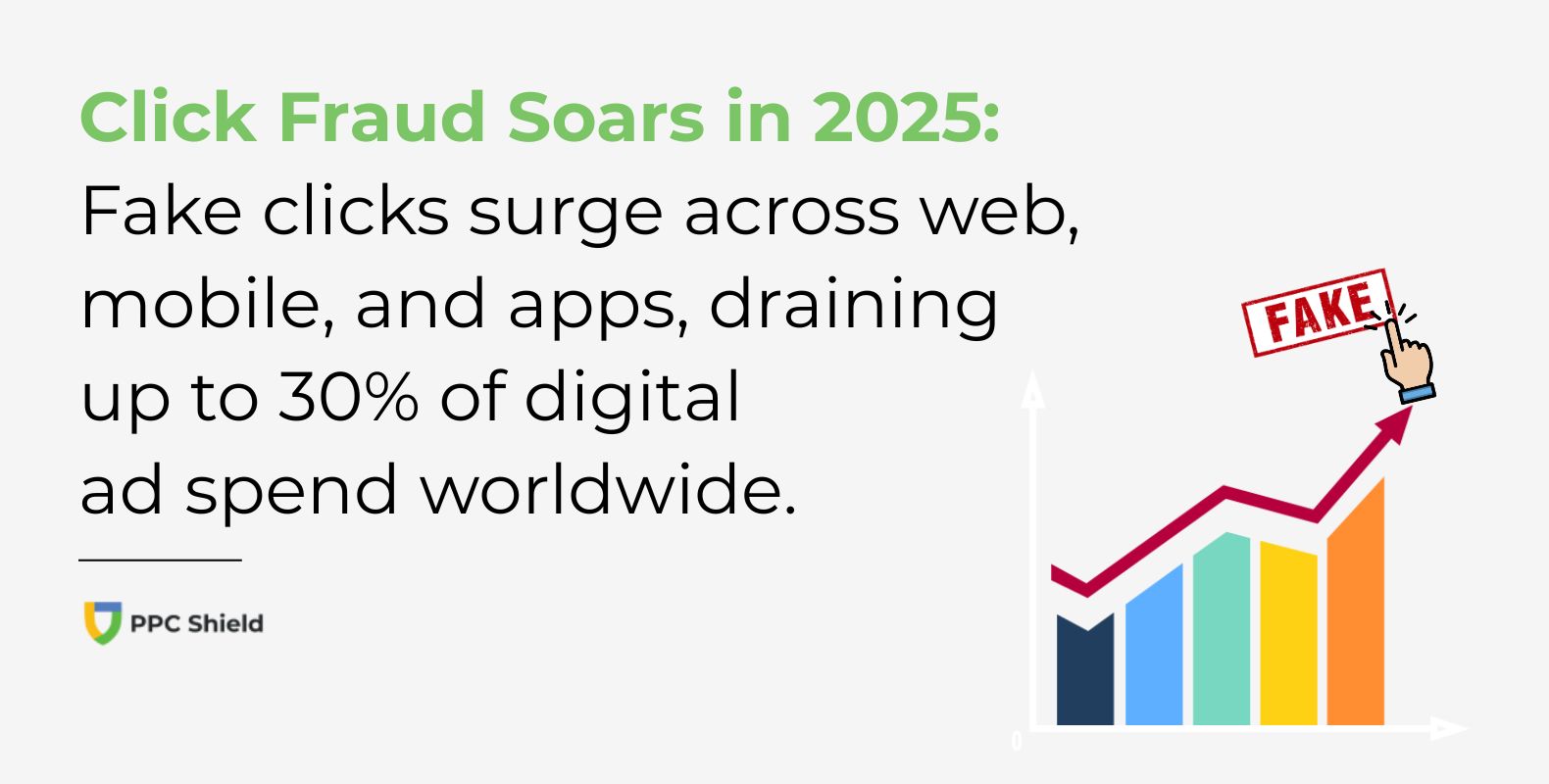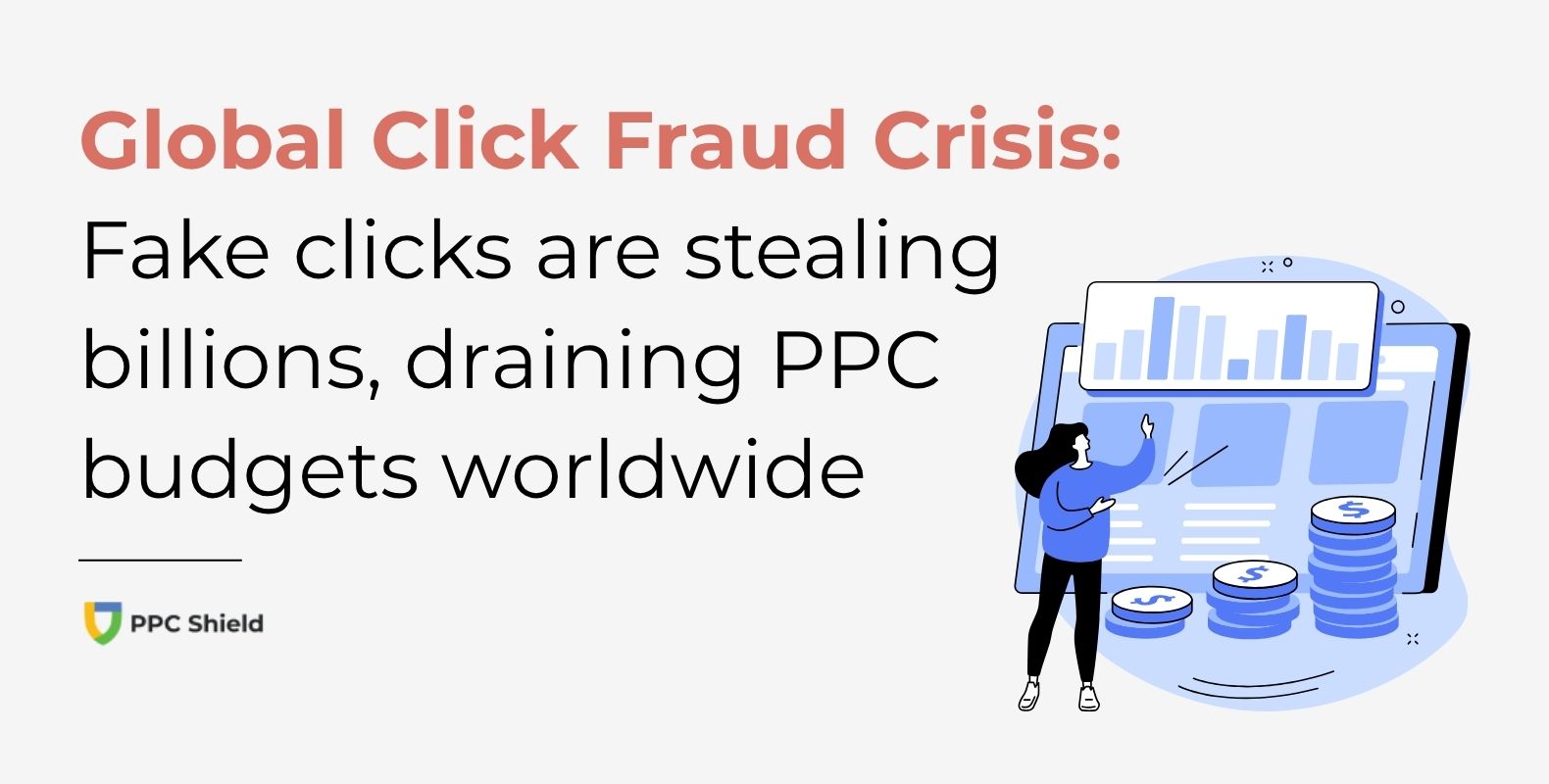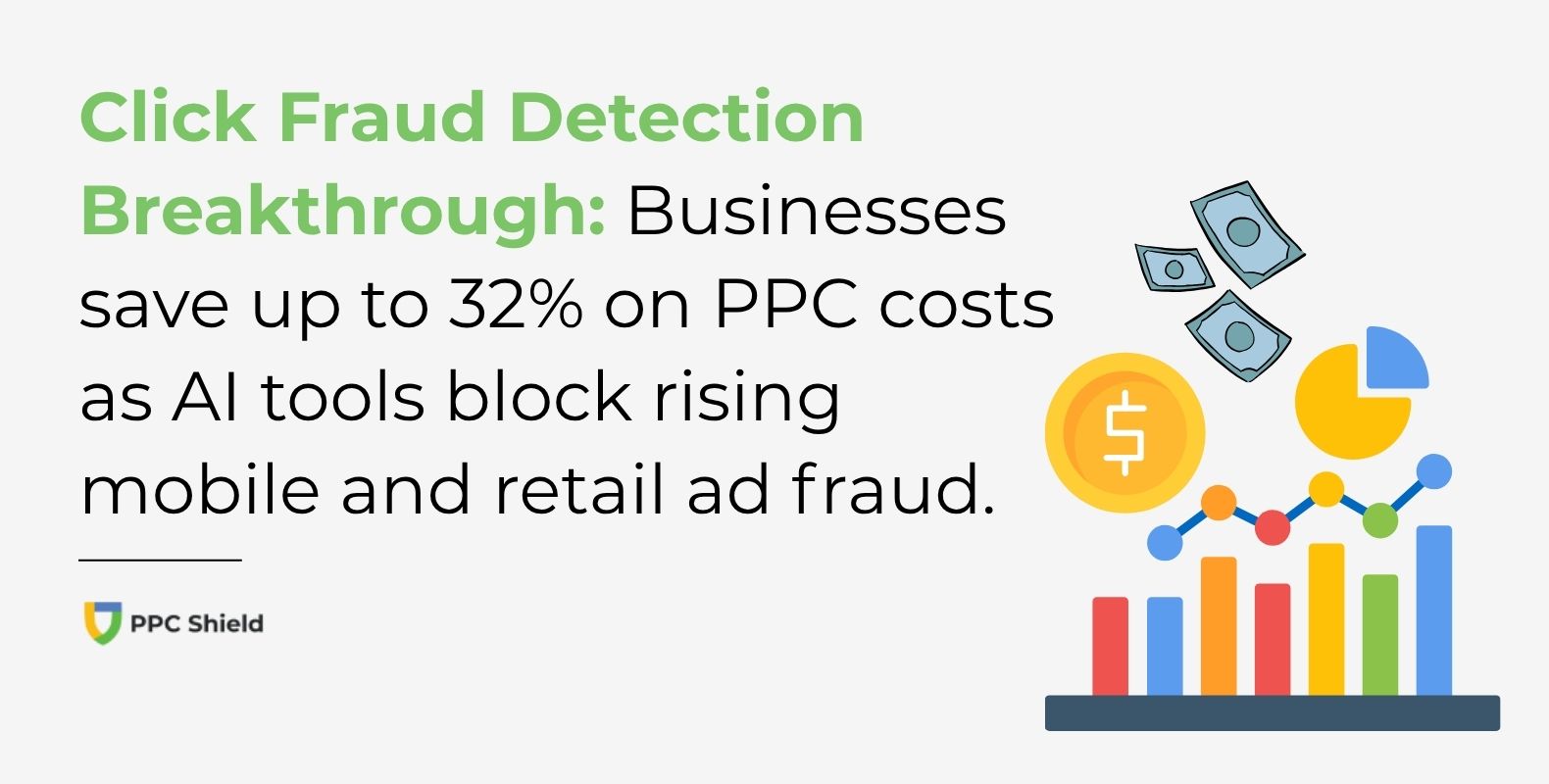North America Click Fraud in Q2 2025: Desktop Low, Mobile App Crisis
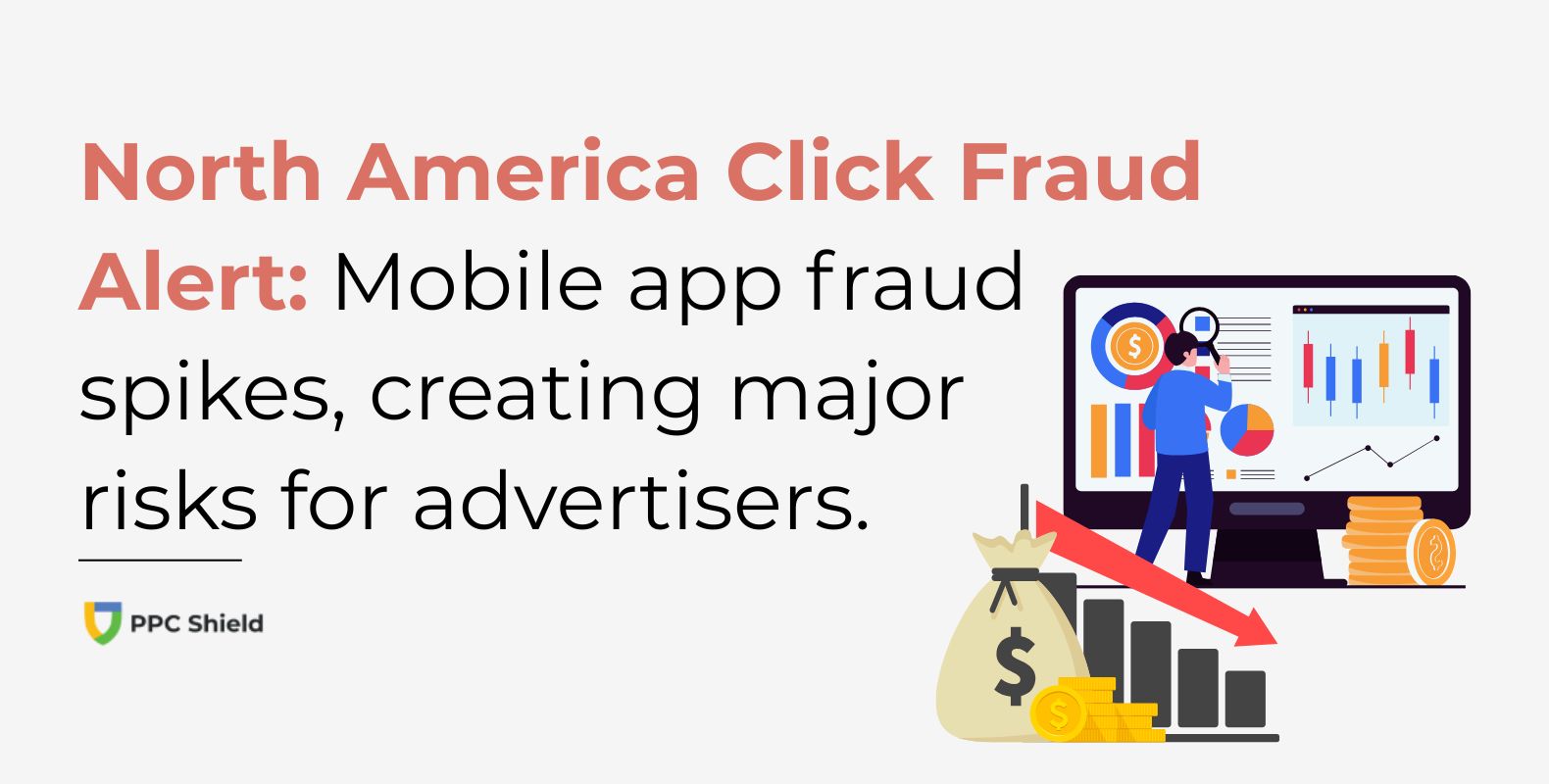
Click fraud is a rising threat in the North American digital ad ecosystem, particularly on mobile app channels. In Q2 2025, invalid traffic (IVT) affected every major platform: desktop web, mobile web, and mobile apps. While desktop IVT rates appear moderate, deeper data reveals dangerous hotspots and emerging fraud tactics.
Performance-based advertisers—especially those focused on click-through models—should carefully review the findings from Q2, as click fraud continues to evolve across formats and device types.
Desktop Web: 19% Invalid, But Watch for Datacenter Traffic
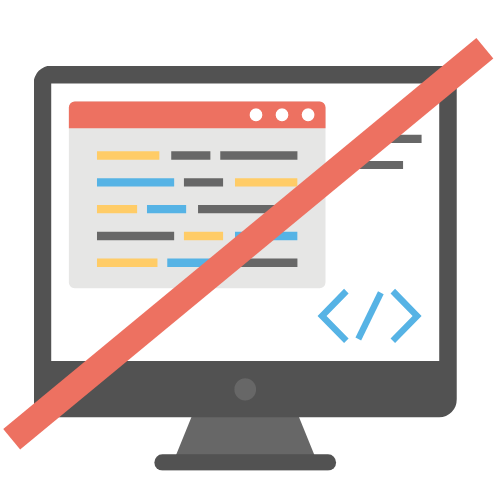
On desktop web traffic, 19% of all clicks were flagged as invalid. While this is lower than in some other global regions, the threat is far from negligible.
More concerning is that 53% of those invalid desktop clicks originated from Datacenter traffic—a sign of sophisticated bot behavior running from server farms rather than consumer devices. This form of fraud can mimic legitimate click behavior at scale, making it hard to detect without specialized tools.

Notably, 55% of clicks on the 970×250 desktop ad size were invalid, indicating large-format banners are prime targets. These ad types typically demand premium placements, making them appealing for fraudsters looking to exploit higher-value inventory.
Mobile Web: Smaller Format, Bigger Risk
The mobile web showed slightly lower IVT overall, with 17% of clicks flagged as invalid. However, the fraud profile here is more tactical.
Ad format analysis revealed that 41% of mobile web clicks on the 728×90 ad unit were fraudulent. These mid-size banners are commonly used across publishers and are likely targeted due to their frequency and standardized implementation.
A full 69% of these invalid mobile web clicks were attributed to Cookie Stuffing—a technique in which a user’s browser is overloaded with third-party cookies without consent, allowing attribution fraud and manipulation of post-click behavior.
Mobile Apps: The Crisis Point at 35% IVT
The most affected platform in North America is mobile apps, where 35% of all clicks were found to be invalid—the highest rate among all formats and regions reviewed.
The 320×50 banner format, a small but widely used ad size in mobile apps, had a 47% invalid click rate—nearly half of all interactions on this format were fake.
A closer look shows 51% of those invalid app clicks were caused by Video Click Fraud, where bots simulate engagement with video creatives to trigger clicks without any real user interaction.
The most compromised category was Health & Fitness apps, where 37% of all ad clicks were invalid. These apps are commonly ad-monetized and popular among mobile audiences, making them lucrative targets for fraudulent schemes.
Understanding the Tactics: How the Fraud Works
The report identifies several click fraud mechanisms currently operating in LATAM:
These techniques have evolved to avoid basic detection tools and often require advanced AI or behavioral analysis to identify in real-time.
Click Fraud Tactics in North America
Key fraud mechanisms behind the data include:
- Datacenter Traffic: High-volume bot clicks from server farms.
- Video Click Fraud: Fake engagement with video creatives.
- Cookie Stuffing: Injection of cookies to falsely claim attribution.
- Duplicate Clicks: Multiple clicks from the same ID or fingerprint.
- Fast Clickers: Bots clicking within milliseconds of impression.
- High CTR Traffic: Ad units or apps with suspiciously inflated click-through rates.
Each of these schemes can drain budgets, mislead optimization models, and skew campaign reporting.
Implications for Performance Advertisers
While North America shows lower desktop IVT than other regions, the mobile app landscape paints a very different picture. With over one-third of mobile app clicks being fraudulent, marketers who rely on CPC or engagement-based KPIs face growing performance risks.
Even worse, fraudsters are adapting quickly, shifting from static bots to dynamic and distributed tactics that bypass basic filters.
How to Fight Back
Advertisers must act proactively with multi-layered protection:
Pause or reduce investment in 320×50 and 970×250 banners until verified.
Health & Fitness apps are high-fraud zones; validate app partners rigorously.
High view-to-click ratios on video ads could indicate manipulation.
Use advanced protection like PPCshield.io to monitor, detect, and prevent click fraud automatically.
Use deeper engagement and conversion metrics to assess campaign performance more reliably.
Final Thoughts
Q2 2025 showed that mobile app advertising in North America is under heavy attack, and click fraud has evolved from a desktop nuisance into a mobile-first epidemic. Fraud rates as high as 35% in mobile apps and 47% on certain ad formats make it clear that unprotected campaigns are vulnerable to significant losses.
Advertisers need to adjust fast—protecting ad spend, strengthening measurement, and investing in intelligent defenses. Because in today’s landscape, even one bad click can cost more than it seems.



